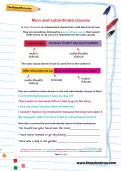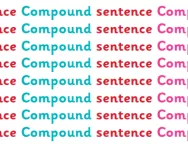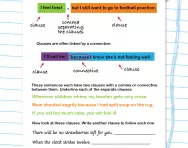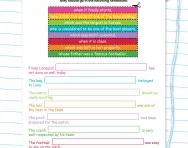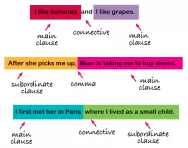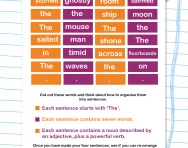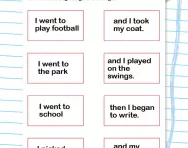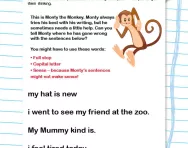Important update from TheSchoolRun
For the past 13 years, TheSchoolRun has been run by a small team of mums working from home, dedicated to providing quality educational resources to primary school parents. Unfortunately, rising supplier costs and falling revenue have made it impossible for us to continue operating, and we’ve had to make the difficult decision to close. The good news: We’ve arranged for another educational provider to take over many of our resources. These will be hosted on a new portal, where the content will be updated and expanded to support your child’s learning.
What this means for subscribers:
- Your subscription is still active, and for now, you can keep using the website as normal — just log in with your usual details to access all our articles and resources*.
- In a few months, all resources will move to the new portal. You’ll continue to have access there until your subscription ends. We’ll send you full details nearer the time.
- As a thank you for your support, we’ll also be sending you 16 primary school eBooks (worth £108.84) to download and keep.
A few changes to be aware of:
- The Learning Journey weekly email has ended, but your child’s plan will still be updated on your dashboard each Monday. Just log in to see the recommended worksheets.
- The 11+ weekly emails have now ended. We sent you all the remaining emails in the series at the end of March — please check your inbox (and spam folder) if you haven’t seen them. You can also follow the full programme here: 11+ Learning Journey.
If you have any questions, please contact us at [email protected]. Thank you for being part of our journey it’s been a privilege to support your family’s learning.
*If you need to reset your password, it will still work as usual. Please check your spam folder if the reset email doesn’t appear in your inbox.
Main and subordinate clauses
What is a main clause in KS2 English?
Think of a main clause as the main building block of a sentence.
A main clause has a subject and verb.
When you put these together, you get a complete sentence that can stand on its own.
What are examples of main clauses?
Here are some examples of main clauses:
The dog barked.
The sun shines brightly.
I like ice cream.
The birds chirp in the morning.
What is a subordinate clause?
A subordinate clause is like a helper in a sentence. It's a group of words that has a subject and a verb but can't stand alone as a complete sentence. Instead, it relies on the main clause to make sense.
What are some examples of subordinate clauses?
Here are some examples of subordinate clauses:
When the bell rings, I'll go home.
While I'm at work, my husband takes care of the kids.
Before the movie starts, we'll grab some popcorn.
How will this KS2 worksheet about main and subordinate clauses help your child?
This teacher-created resource was designed to help teach your child about main and subordinate clauses, with easy-to-understand explanations and examples. Your child will need to put their learning into action with the questions and check their answers after.
For more support with primary-school English, check out our hub page, or try a new challenge such as our Using relative clauses worksheet.
